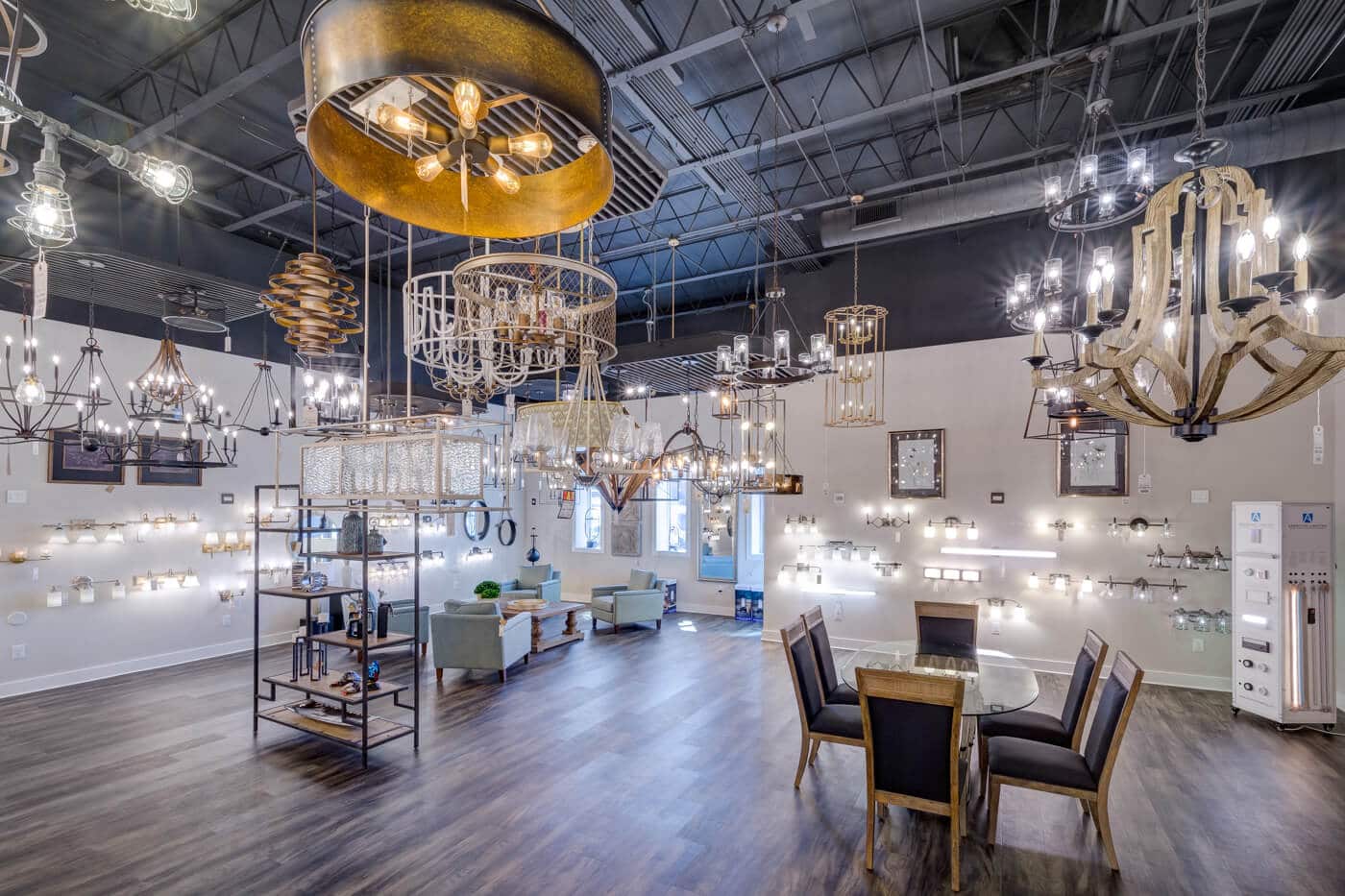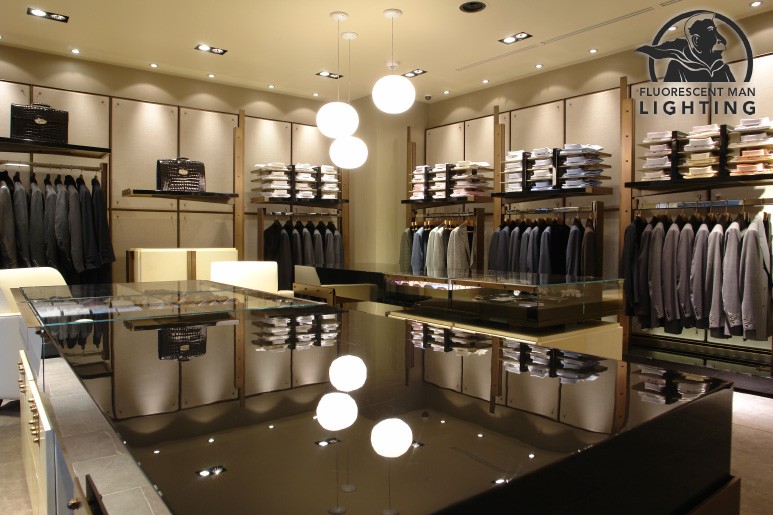Change Your Area with Lighting from a Respectable Melbourne Store
Change Your Area with Lighting from a Respectable Melbourne Store
Blog Article
The Ultimate Guide to Picking Energy-Efficient Illumination Options

Recognizing Energy-Efficient Lighting Technologies
When taking into consideration energy-efficient lights options, it is necessary to recognize the various technologies offered in the marketplace today. LED (Light Emitting Diode) illumination sticks out as a prominent choice because of its high power effectiveness and long life-span contrasted to typical incandescent or fluorescent light bulbs. LEDs consume substantially much less energy, produce much less warmth, and have a more prolonged operational life, making them a ecologically friendly and economical alternative. Another innovation to think about is CFL (Compact Fluorescent Light) illumination, which is extra energy-efficient than incandescent bulbs yet less so than LEDs. CFLs are recognized for their bright light output and fairly long life expectancy. Additionally, halogen incandescent light bulbs supply improved energy effectiveness and life-span contrasted to typical incandescent light bulbs. Recognizing the differences in these illumination innovations can help customers make educated decisions based upon their certain requirements, spending plan, and ecological factors to consider. It is crucial to evaluate aspects such as energy performance, life-span, light high quality, and first expense when choosing the most appropriate energy-efficient lights technology for a certain application.
Calculating Power Savings Prospective
To assess the potential power savings achievable with the adoption of energy-efficient lighting innovations, it is essential to perform complete computations based upon aspects such as power consumption, functional hours, and the details features of the lights choices being thought about. lighting store melbourne. Determining energy savings potential involves identifying the existing energy usage of existing illumination systems and contrasting it to the projected power intake of the energy-efficient options present. This comparison enables a clear estimate of the possible power savings that can be recognized
Operational hours play an essential role in these calculations, as illumination systems that are used for extended periods will certainly benefit more from energy-efficient alternatives. In addition, considering the details qualities of various illumination innovations, such as lumens per watt and life-span, is essential for precisely predicting power financial savings.
When Selecting Lighting,## Elements to Think About - lighting store melbourne.
Think about these essential variables when picking lighting choices for ideal power efficiency and performance. Recognizing the objective of the lights will help figure out the most appropriate components and bulbs for the location.
Second of all, think about the energy efficiency of the lights choices. Seek fixtures and light bulbs with high lumens per watt (lm/W) ratings to make certain maximum light outcome with very little energy usage. LED illumination, as an example, is recognized for its energy efficiency and lengthy life expectancy contrasted to conventional incandescent or fluorescent alternatives.
In addition, examine the maintenance demands of the lighting fixtures. Select fixtures that are easy to clean and keep to guarantee regular performance in time. Choosing long lasting fixtures that require marginal upkeep can help minimize long-lasting upkeep prices and make sure the lighting system runs successfully.
Last but not least, consider the ecological effect of the lighting options. Select components and bulbs that are environmentally pleasant and energy-efficient, such as those with recyclable parts or reduced carbon emissions. By prioritizing sustainability in your illumination choices, you can add to a greener future while enjoying the benefits of energy-efficient illumination solutions.

Comparison of Different Illumination Options
In analyzing the elements influencing lights selection for energy efficiency and efficiency, it ends up being necessary to compare the different lights choices readily available on the market. LED illumination stands apart as one of one of the most energy-efficient choices as a result of its long life expectancy and low energy usage. LEDs are flexible, offering a variety of shade temperatures and dimming abilities, making them appropriate for various settings. In addition, compact fluorescent lamps (CFLs) offer a more energy-efficient option to conventional incandescent light bulbs, although try here they have tiny quantities of mercury. Halogen incandescent bulbs supply improved energy efficiency compared to typical incandescent bulbs, however they are much less reliable than CFLs and leds. Another option to take into consideration is fluorescent tubes, typically utilized in commercial and industrial setups as a result of their high performance and longevity. When comparing lighting options, variables such as energy effectiveness, lifespan, color temperature, and ecological impact should be carefully thought about to make an informed choice based upon specific lights needs and top priorities.
Tips for Executing Energy-Efficient Illumination
When aiming to boost energy effectiveness with illumination selections, applying strategic illumination controls can significantly reduce power consumption. One reliable pointer for implementing energy-efficient lighting is to utilize occupancy sensors. These sensors spot activity within a room and immediately turn lights on or off, making certain that lights are just in operation when required. In addition, daytime sensors can be included to adjust lighting degrees based on natural light availability, further enhancing energy use.
Lowering lights not only develops setting and Extra resources adaptability in illumination levels yet likewise aids save power by decreasing the amount of power consumed. Choosing energy-efficient light bulbs such as LEDs or CFLs can make a significant distinction in power cost savings.
Final Thought
In conclusion, choosing energy-efficient illumination alternatives is vital for lowering power usage and costs. Implementing energy-efficient lights not only benefits the environment but likewise leads to lasting price financial savings and boosted illumination high quality.
To evaluate the prospective power financial savings achievable through the adoption of energy-efficient illumination modern technologies, it is essential to perform detailed estimations based on elements such as energy usage, operational hours, and the particular qualities of the lights alternatives being considered (lighting store melbourne).In analyzing the elements influencing lights option for power effectiveness and efficiency, it becomes necessary to contrast the various lighting choices offered in the market. When contrasting lighting choices, elements such as power efficiency, life expectancy, shade temperature level, and ecological effect needs to be meticulously taken into consideration to make a notified choice based on certain illumination requirements and priorities
When looking to Read More Here boost energy efficiency via lights selections, carrying out calculated lighting controls can significantly lower power consumption. Carrying out energy-efficient illumination not just benefits the environment yet also leads to lasting cost savings and boosted lights high quality.
Report this page